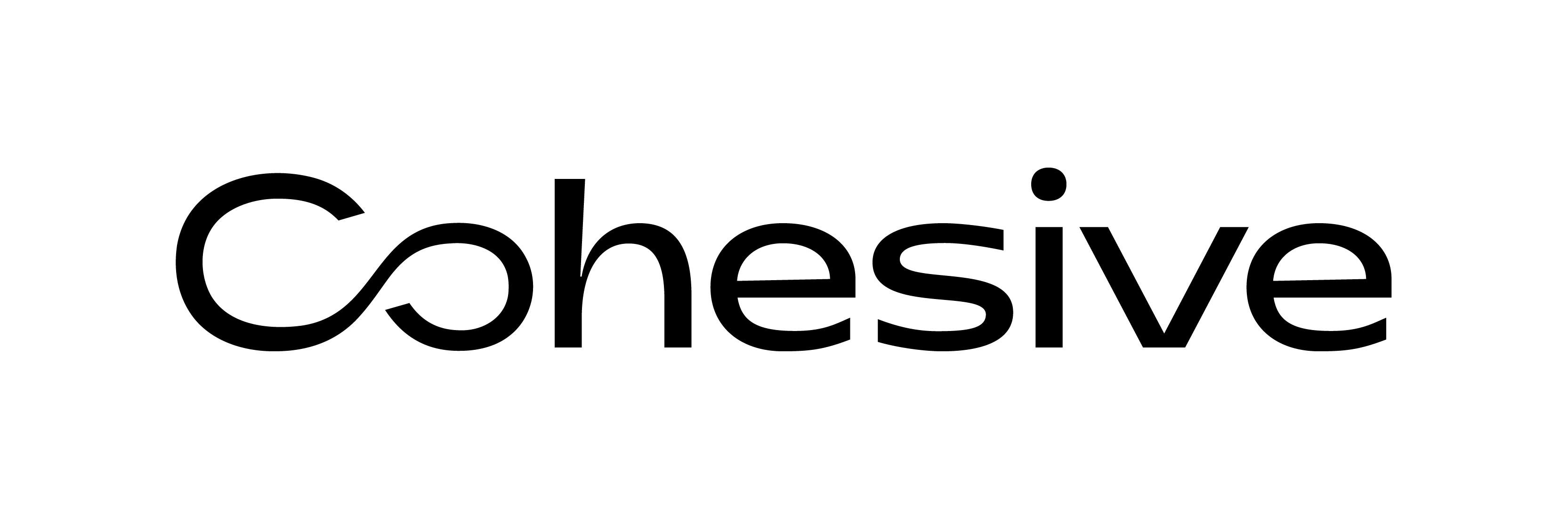Redefining Asset Management
The Benefits of Choosing an EAM over a CMMS
When it comes to managing assets, two software options often come to mind: Computerized Maintenance Management Systems (CMMS) and Enterprise Asset Management (EAM). While they may seem similar in functionality, significant differences between them can greatly impact your organization’s asset management strategy and success.
Let’s dive deeper into the differences between CMMS and EAM. We’ll provide detailed examples and sources and explain why an EAM system is better for your organization.

Defining CMMS and EAM Systems: Understanding the Core Differences
Let’s start with a clear definition of both CMMS and EAM systems.
A CMMS is a software system designed to manage maintenance operations. It offers functionality such as work order management, preventive maintenance, inventory management, and simple asset tracking.
On the other hand, an EAM system is a software system that encompasses all aspects of managing an organization’s assets. This includes preventive maintenance, full life cycle asset management, inventory, procurement, Health, Safety, Environment (HSE), and operations management.
Distinguishing CMMS from EAM: Scope and Complexity
The main difference between the two software options is the level of scope and complexity. CMMS is the more basic option, while EAM offers a more comprehensive solution.
CMMS systems are designed to perform maintenance tasks effectively, efficiently, and quickly. CMMS software is well-suited to managing smaller asset portfolios without complex operations and maintenance requirements. It offers key functions to track repairs, tasks, and historical performance for single or groups of assets.
In contrast, EAM systems provide a much broader solution that helps manage assets throughout their lifecycle. EAM is better suited for larger, high-value asset portfolios and operations requiring a more comprehensive approach to managing full asset value and the organization’s daily management needs.
Compared to a CMMS, EAM systems can provide additional features such as mobile capability, complex scheduling, asset configuration management, and specific industry capability. EAM is typically a more comprehensive solution, managing the whole supply chain of assets, and contributing to reducing downtime and associated costs.
EAM systems may have greater flexibility and connectivity through APIs and standard connections. As a result, in most cases, EAM can be integrated with other business tools and systems to deliver a personalized customized solution.
Real-world examples:
To illustrate the differences between CMMS and EAM systems, we’ll examine two real case studies from clients in different sectors. These case studies will shed light on the distinctions between the two systems and their respective benefits.
Revolutionizing Rail Maintenance: A CMMS Success Story
In a partnership between Cohesive and Siemens Canada, the Canadian Rail Company’s maintenance operations for 32 new train sets were transformed, setting a compelling example for CMMS adoption. Key outcomes include:
- Predictive Maintenance: Cohesive’s IoT-powered system accurately forecasted maintenance needs, ensuring timely repairs.
- Process Optimization: Organizational changes and CMMS implementation improved operational excellence.
- Efficient Planning: CMMS enhanced work process visibility for the existing fleet, streamlining planning and execution.
- Strong Partnership: The collaboration among Cohesive, Siemens Mobility, and the Canadian Rail Company upheld high industrial standards.
- Smart Asset Management: Integrating CORMAP® with Railigent® boosted rail asset management, enhancing predictability and efficiency.
This case study highlights how CMMS like CORMAP® can boost efficiency, reduce downtime, and elevate operational excellence in intricate operations like rail maintenance.
A Case for EAM Systems:
This case study presents a compelling argument for the adoption of Enterprise Asset Management (EAM) systems, with PKP Energetyka S.A., a key player in the Polish energy market, as a prime example.
Business Need:
PKP Energetyka recognized the need to modernize its grid asset maintenance management process in a competitive energy market. They selected IBM Maximo as their EAM solution to centralize and optimize this crucial aspect of their operations. Transitioning from legacy systems to IBM Maximo marked a significant change in their approach to network asset management.
Solution:
The EAM system implementation focused on several key areas, including process automation, maintenance management, standardization of network development planning, knowledge centralization, technical information sharing, cost tracking, and advanced reporting. This tailored solution improved decision-making, reduced maintenance costs, and streamlined resource lifecycle management. The implementation also included a mobile application, eliminating paper-based processes and providing real-time access to maintenance activities for 700 field employees.
Client Benefits:
IBM Maximo enabled PKP Energetyka to achieve its business objectives by:
- Enhancing resource management for reliability, stability, and business continuity.
- Improving asset decision-making processes.
- Facilitating the development of a resource management strategy.
- Providing centralized access to maintenance and repair reports.
- Offering real-time access to resource information.
- Increasing the efficiency of property maintenance processes.
- Enhancing the safety of field workers.
Overall, this case study underscores the transformative impact of EAM systems like IBM Maximo in a complex industry, demonstrating how such systems can drive operational excellence, cost savings, and improved safety in critical infrastructure management.
The EAM Advantage: Beyond CMMS for Comprehensive Asset Management
While both CMMS and EAM solutions are effective when it comes to asset management, there is a clear benefit to selecting EAM for a more comprehensive solution.
EAM goes beyond CMMS, offering a broader set of features, integrating with other business software options, and delivering a complete asset management solution. EAM helps organizations maximize asset value, providing a significant competitive advantage.
Sources
- https://www.creativebloq.com/how-to/what-is-a-cmms-and-what-can-it-do-for-your-business
- https://www.smglobal.com/cmms-vs-eam/
- https://www.fiixsoftware.com/blog/cmms-vs-eam
Learn more about the advantages of an Enterprise Asset Management system such as IBM Maximo.
Contact a colleague today.







